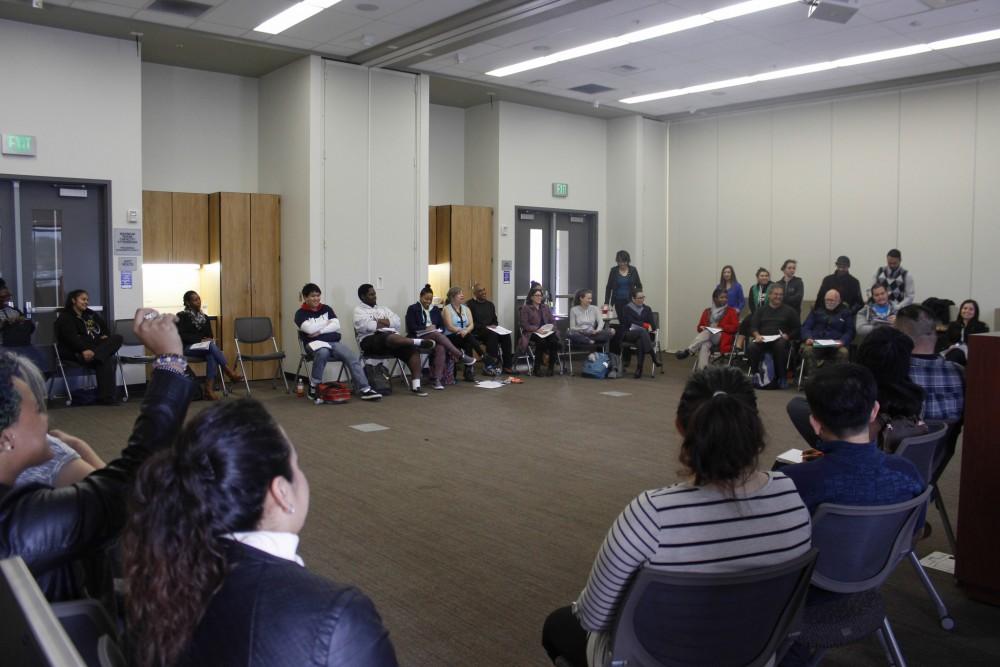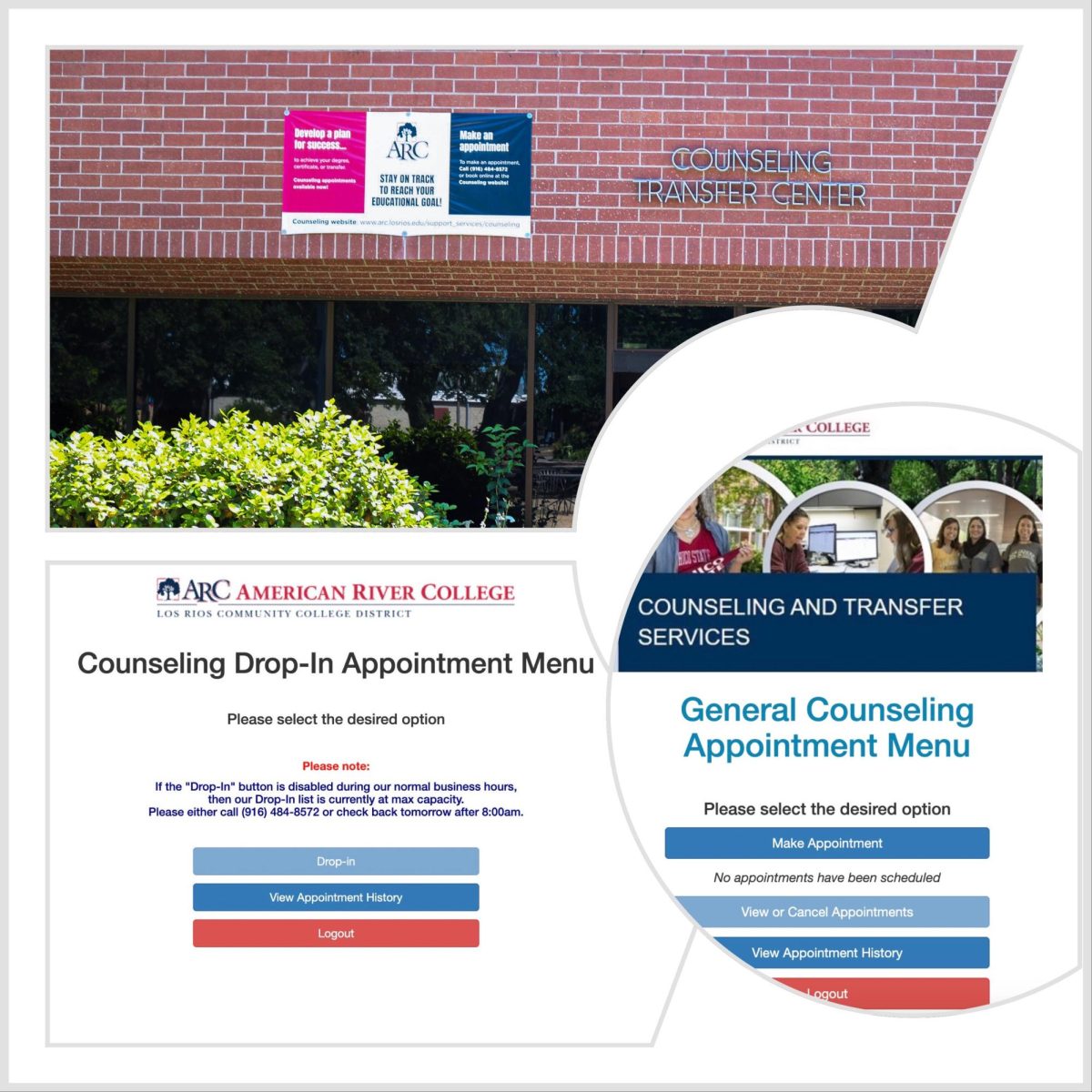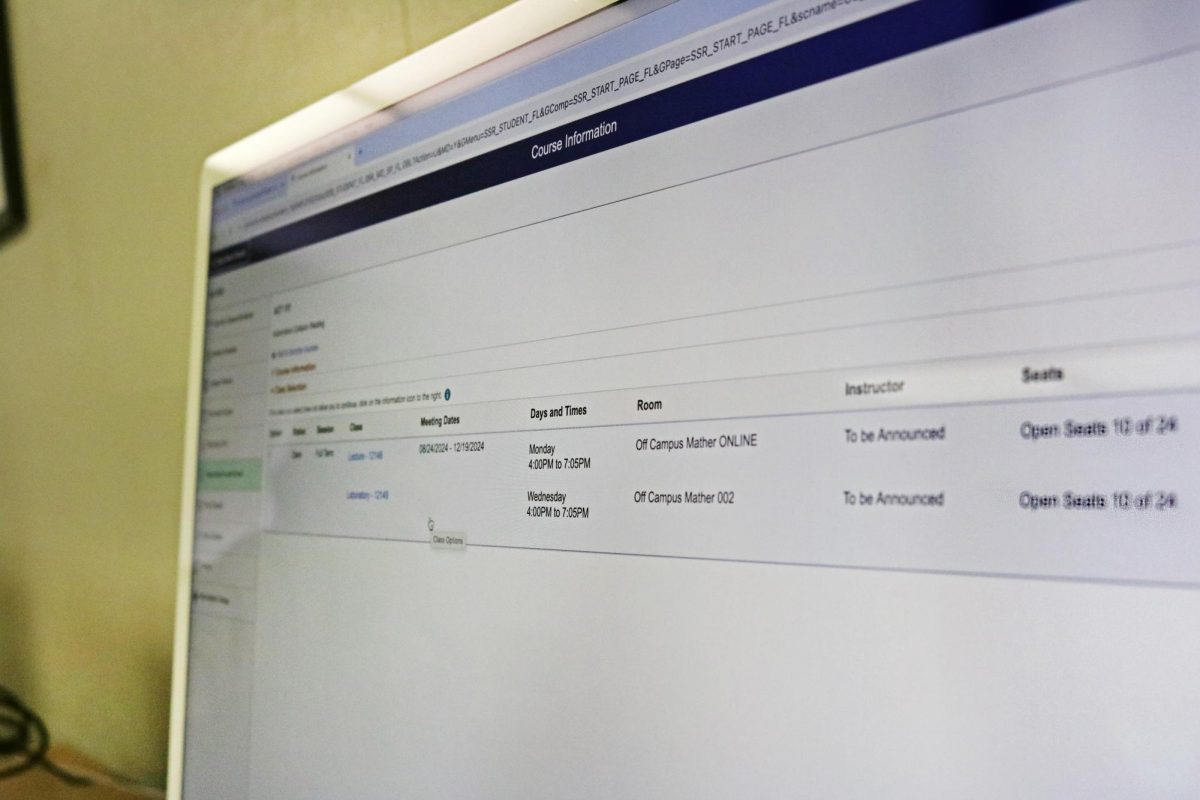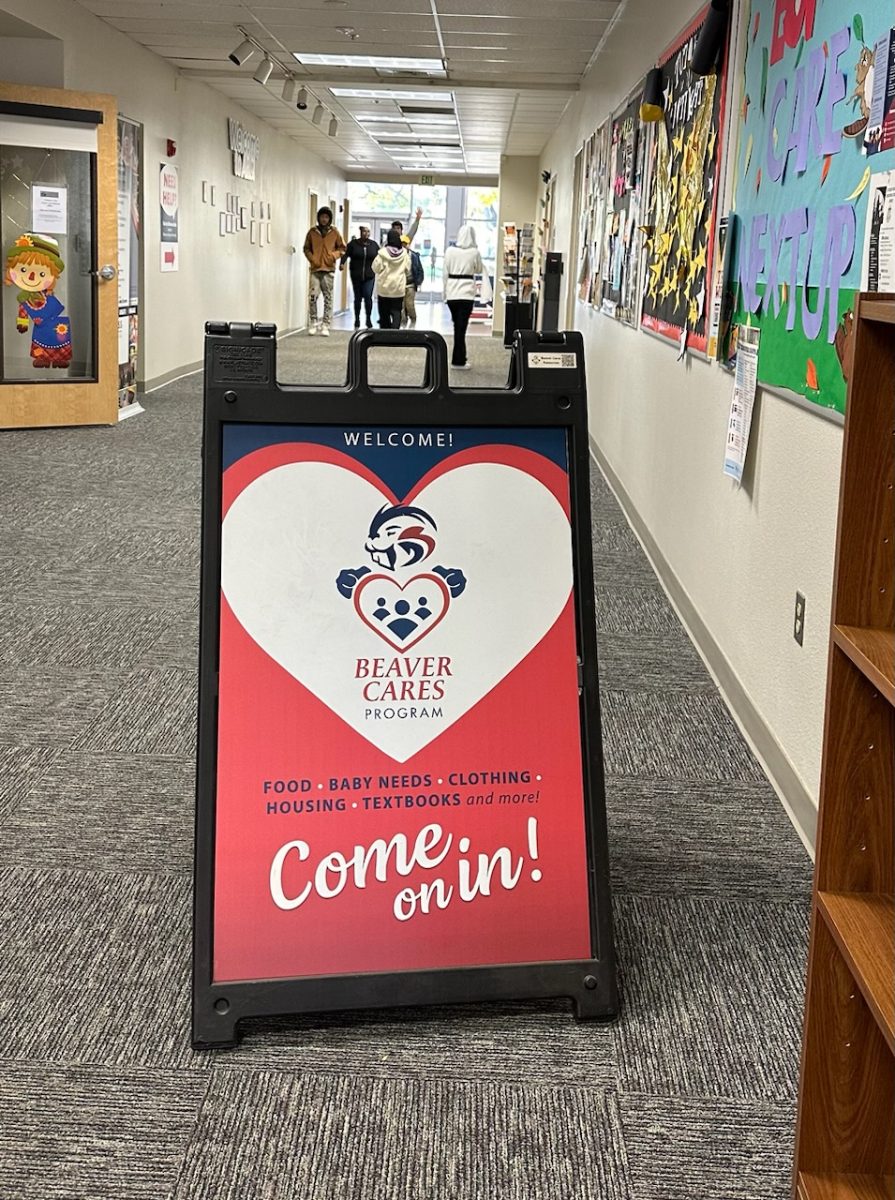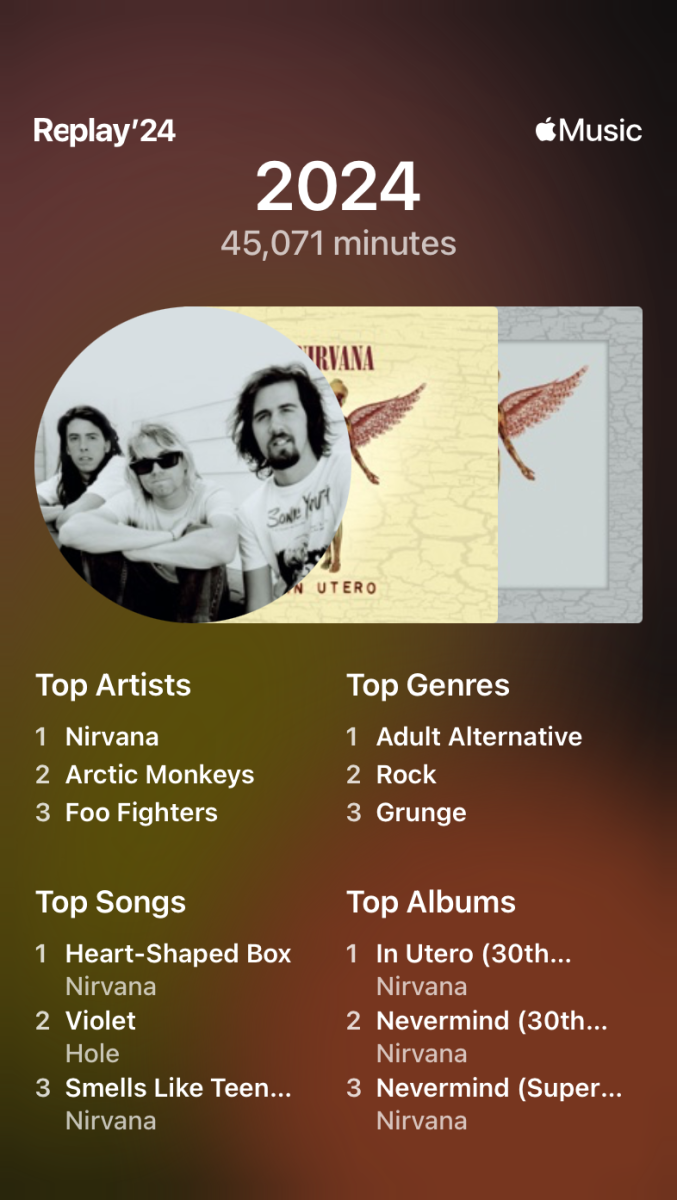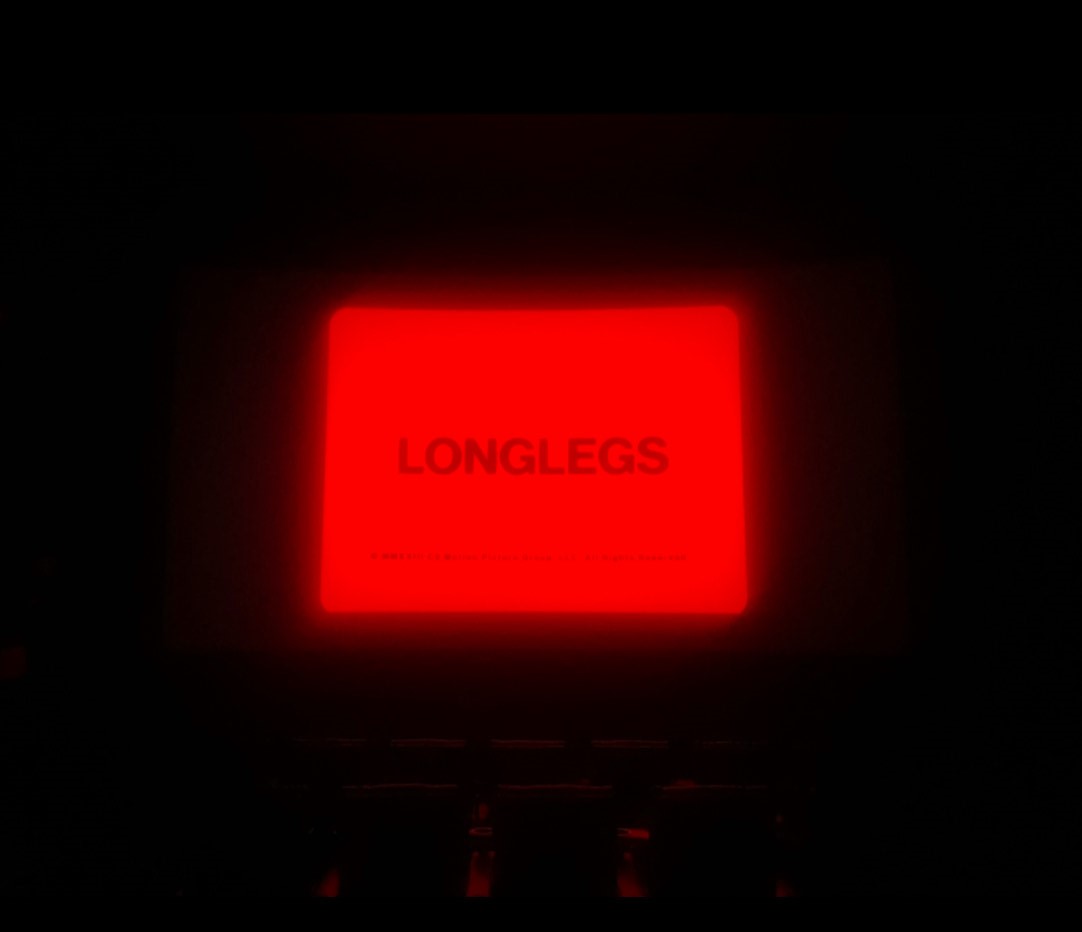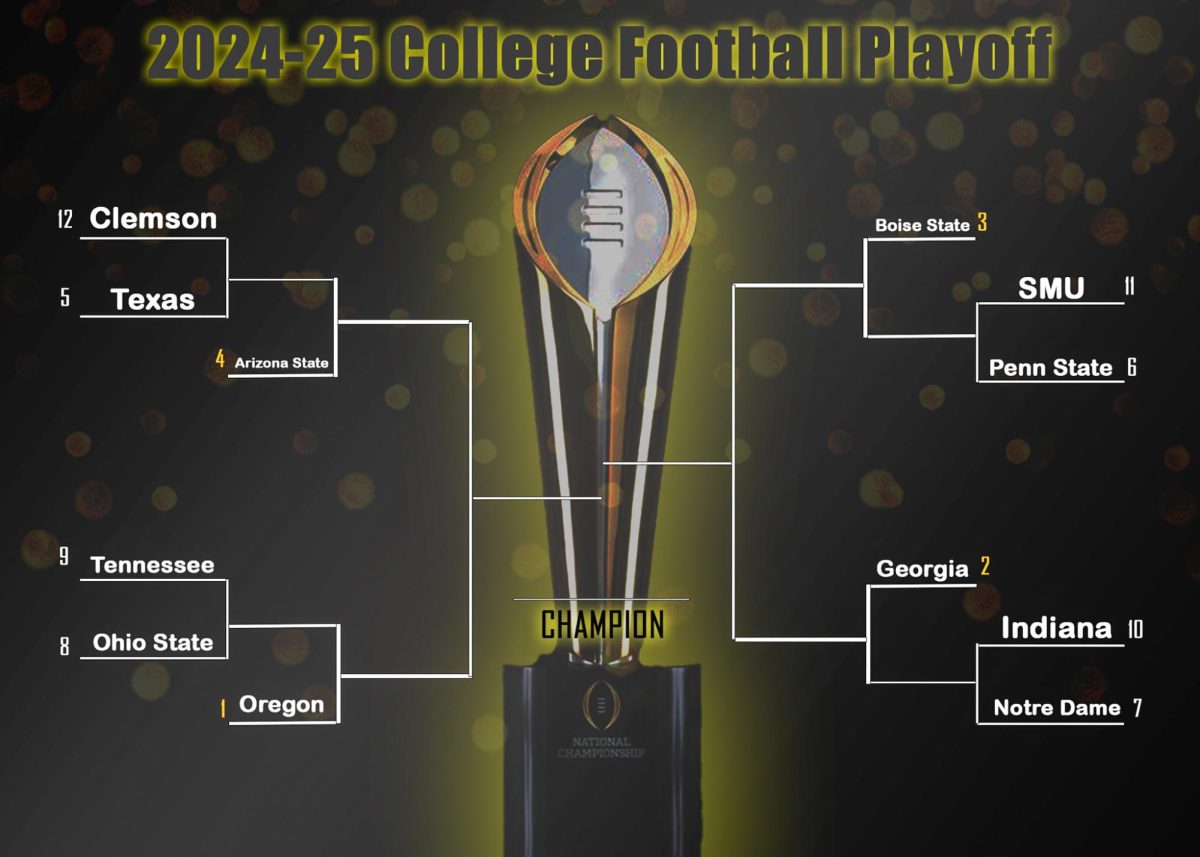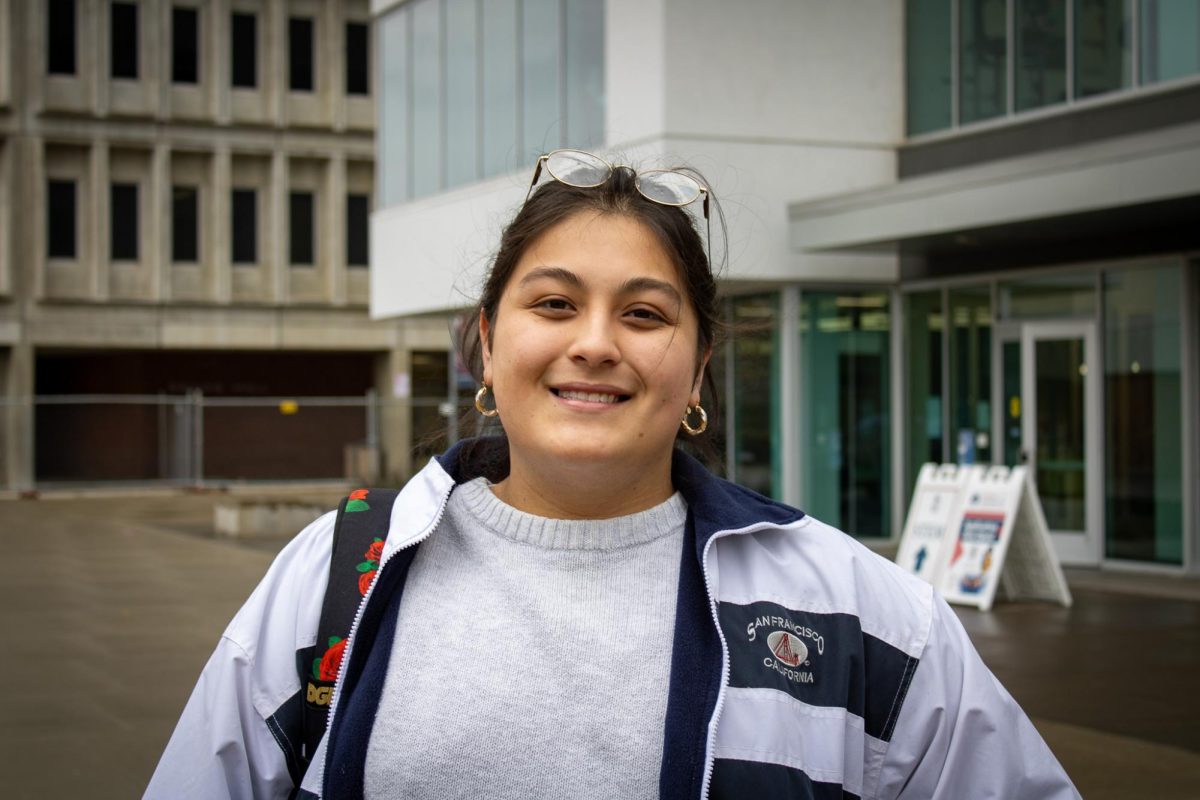Through studious dedication, anyone can come to American River College and work toward a better future; at least in theory.
The reality is that some people have an easier time working their way through college than others, and data suggests that this performance gap falls along racial lines.
The 2015 Disproportionate Impact Analysis for ARC indicates a longstanding trend of lower success rates for black and Latino students. The metrics were categories such as course completion and transfer rates.
This is in stark contrast to the high-performing groups, who are typically white or Asian.
It becomes obvious that even though our institutions of education seek to advantage all students, some have a harder time getting through college.
This is where the Student Equity Plan comes in. Governor Brown, in his 2014-15 budget, proposed the allocation of $100 million towards Student Success and Support Programs (SSSP) to help close the achievement gap. ARC has multiple programs using these funds in its programs.
Manuel Perez, Dean of Student Development, said that the Student Equity Plan “breaks down specific elements of how we provide services to the campus, whether that’s access to the campus, course completion, our ESL areas, our basic skills area, our transfer rates.”
Despite the capability and variety of the support services available, these programs are only as effective as the students who take advantage of them. But not everyone is hopping on board.
“Students who have a history of being disenfranchised may not have a sense of trust that the systems are there to benefit them,” said Carlos Reyes, Dean of Behavioral and Social Sciences.
Extended Opportunity Programs and Services, a California program that helps enroll underrepresented students from disadvantaged backgrounds, has a book voucher program to offset the cost of textbooks for students.
“With the book voucher program, we had fewer claimed than we thought students would take,” Reyes said.
This is why it is important for students and faculty to take a shaping role in the programs developed to support them. If they continue to take a non-participatory role in things like student and shared governance, there’s a good chance the programs designed to support them will be ineffective.
After all, professors know the classroom better than just about anyone. Having been successful students and having teaching experience, they should be looking to develop programs that could be funded by student equity money.
“We don’t want to be making decisions in a vacuum, which is why we’re working on including student voices through focus groups,” Reyes said.
One type of community dialogue has taken shape in the form of the “brave space” program, where Perez or other facilitators guide discussion on topics that have historically impacted students, like race. But this is only one aspect of the solution to a multi-faceted problem.
“We are learning quickly from that first year is that we are not being intrusive enough. We are providing too much of an aerial perspective to something that needs to be very specific,” Perez said.
Data is constantly being collected to help understand student performance disparity, and one possible evidence-based method being implemented is metacognitive modeling.
Metacognitive modeling demonstrates the ways in which someone proficient in a discipline, like a professor, would think about their academic material. In other words, it teaches students to think about their thinking, and to refine it to be like that of an expert.
“Part of the logic behind programs like Reading Apprenticeship is to allow faculty to demonstrate how an expert thinks and reads,” Reyes said. “That way students develop metacognitive patterns and learn how to learn.”
There is a two pronged approach to closing the race performance gap in college.
First, through community dialogue, students and faculty become aware of the ways in which race affects student outcomes.
Second, with a variety of tutoring and mentorship programs available, students can refine their academic abilities.
Both of these methods are only going to have a lasting impact if students participate in them, so student and faculty leadership need to collaborate to make sure the money going towards student equity is well spent.


